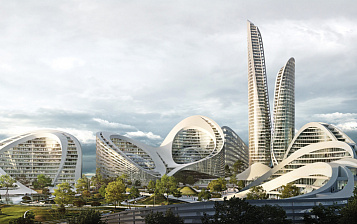More than a year ago, at the very beginning of a turbulent 2020, we reviewed the results of the architectural Oscars, the famous WAF festival, which outlined the direction for thousands of architects around the world. The pandemic interrupted the progressive development of the industry, despite the fact that construction did not even think of stopping.
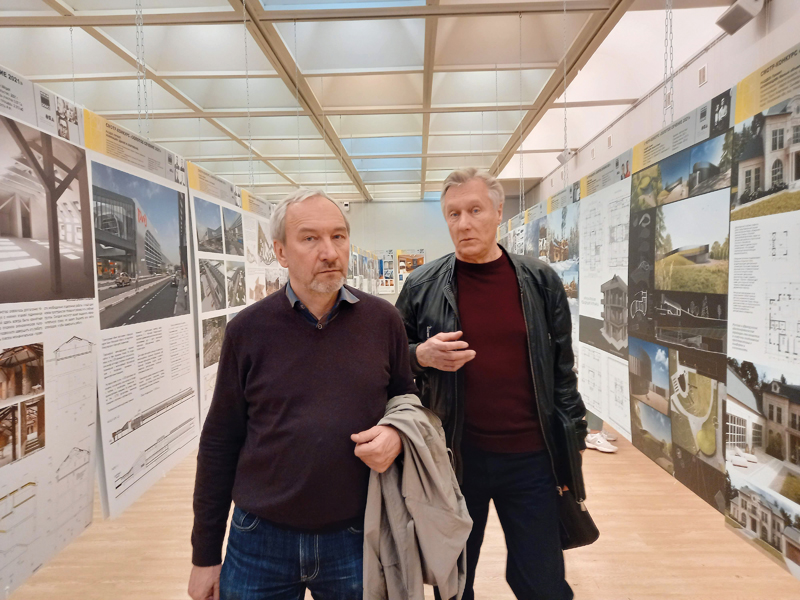
It turned out that the architecture began to stagnate - without a flow of new concepts and ideas? The next WAF will give answers only in the summer of 2021 in Lisbon, and then, if the situation with the pandemic does not get worse. Russia, as always, going its own way, has already declared victory over COVID-19, and the main Russian architectural festival "Golden Section" was quietly held in Moscow in April 2021. What is typical at the festival were neither healthcare facilities nor representatives of fashionable space themes. Maxim Kirsanov, special correspondent of Gorproekt magazine, together with many other visitors to the festival, studied the most interesting objects shown at the festival (we talked about many already built with Russian formwork in previous issues), met the winners and heard a lot of interesting things from them and experts on the jury thoughts about where Russian architecture is heading.
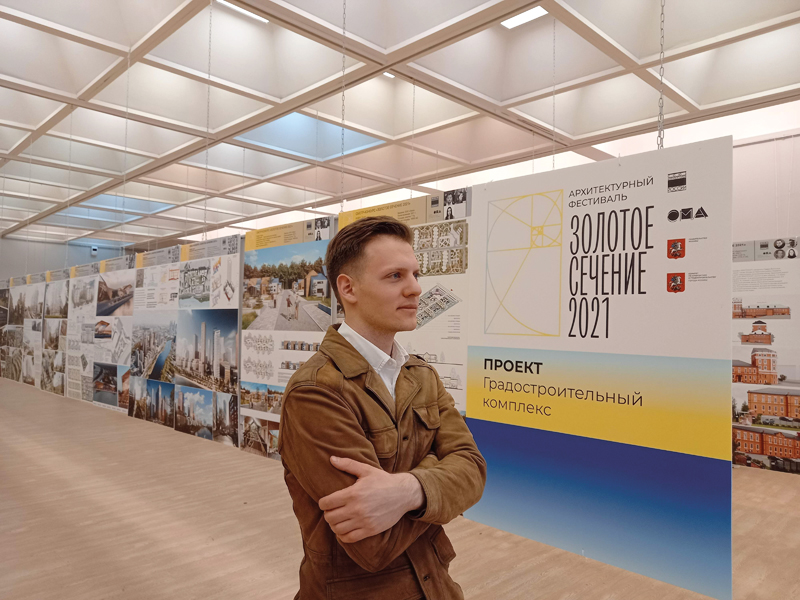
Peaceful competition during the plague
Despite the fact that even President Putin actually recognized the need for a second nationwide lockdown in the first ten days of May, none of the 74 architectural works submitted in the Golden Section competition program hints at the era in which we live. It is quite possible that construction industry workers, sensibly assessing the speed of implementation of their projects, simply admit that by the time all their ideas are implemented, the pandemic is more likely to be forgotten. Although, if you look closely, you can see some signs of a “new reality”. If in 2019, the emphatically wooden villa “Klaugis” in Latvia was declared the main achievement of domestic architecture, then in our time there is a noticeable desire to equip their homes closer, perhaps remembering the long months of “self-isolation”. Among the nominations for the main festival awards: private houses in the style of Mies van der Rohe in Millennium Park on Novorizhskoye Highway (promising buyers "images of Venice"); yoga rooms on the same New Riga, a new mall within walking distance in Barvikha, reminiscent of the overgrown Klaugis eco-villa; a private gallery in the Gorki-1 village by UB.DESIGN, a boarding house for the elderly in the Moscow region by PRYSM (resembling a cottage village); designer cottage "Synergy" (designed in strict accordance with the laws of Feng Shui); private designer Orthodox fonts for Crimean resorts; emphatically “cozy” Scandinavian hygge style country houses of the VILLA E project in Kamchatka, a new quarter in Moscow within the Symbol residential complex, created on the principle of a city within a city; the new residence of the patriarch "Triumph-Atrium" and so on.
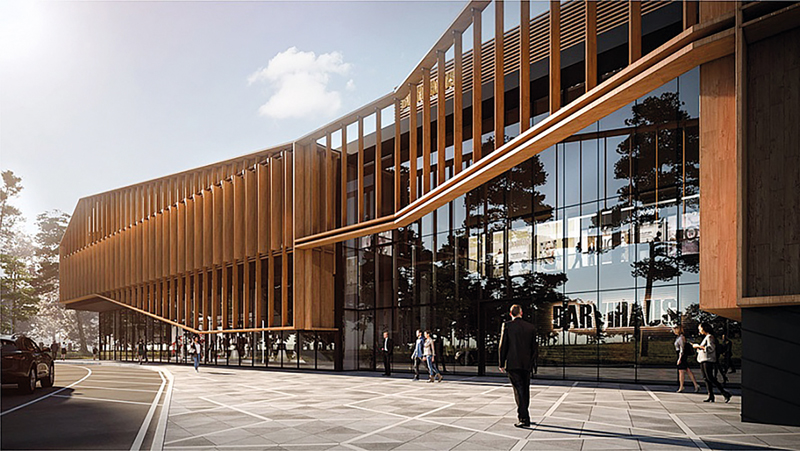
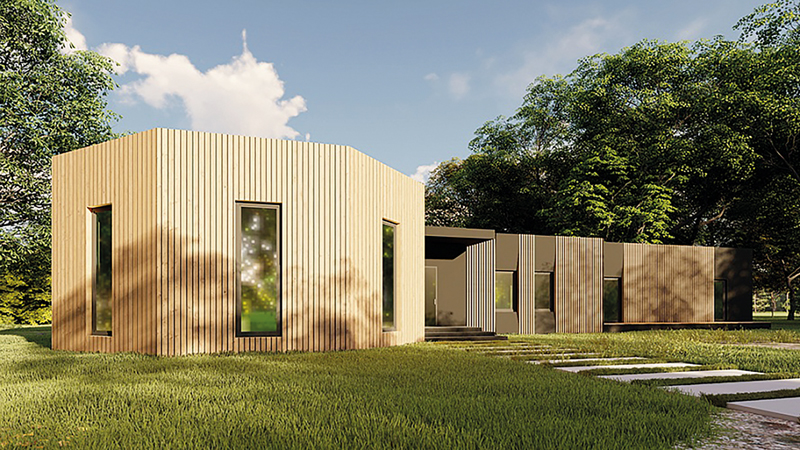
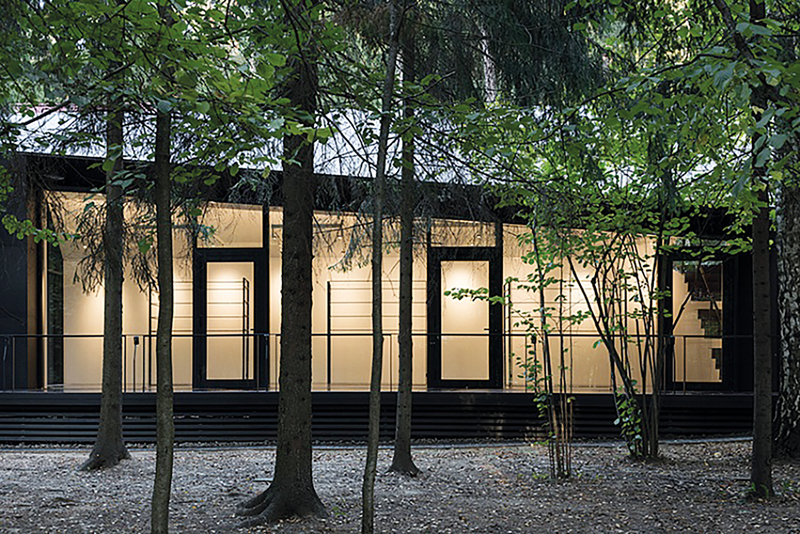
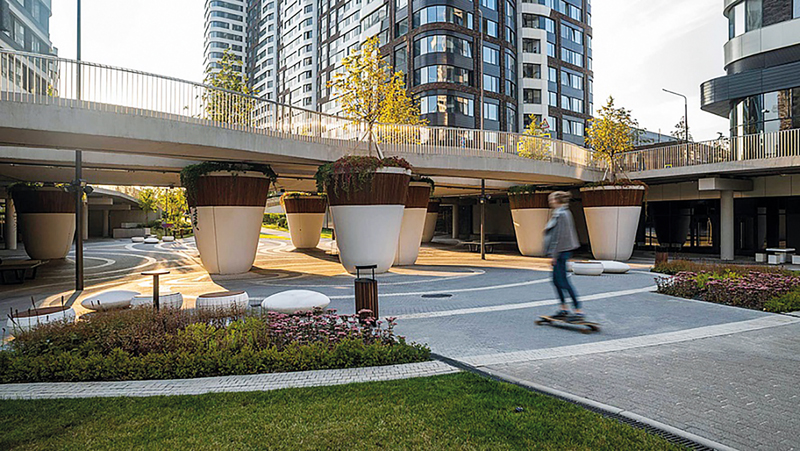
All this is evidence of a trend towards the arrangement of directly living space in times of closed borders, when it is not so easy to drop everything and “leave to live in London”. From this angle, this trend cannot but arouse sympathy - finally, customers have turned their heads not to Switzerland or the Baltic states, as recently, but directly to their homeland, where they can sit in quarantine, take care of elderly loved ones and go shopping in a medical mask in Shopping center - even in the elite Barvikha. At the same time, some projects of this wave look quite ominous. For example, Ginzburg Architects’ eerily self-contained “over 40,000-square-meter emergency residence complex” resembles a huge atomic war shelter in the spirit of the apocalyptic fantasies of Dr. Strangelove by Stanley Kubrick. Fortunately, this project, which received an honorary diploma from the jury, was rather an exception and the main direction of the festival was positive.
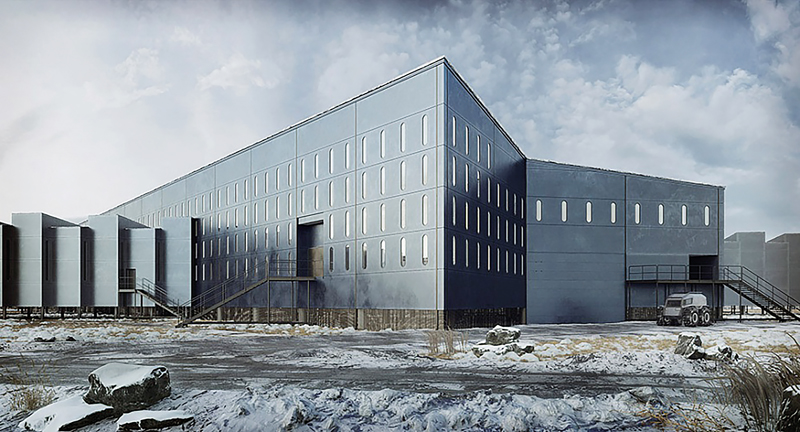
The main topics of round tables and discussions with the participation of the chief architect of Moscow were the issue of increasing the number and development of "creative clusters", that is, in fact, places for collective work and recreation. The successful redevelopment of old industrial spaces allowed it to be extended into unexpected new territories. So, as part of the renovation, it is proposed to turn even the old “shopping malls” in the Soviet modern style, hidden inside the district awaiting renovation near Reutov near the Moscow Ring Road, into a creative shopping and entertainment zone.
Even in the nomination "printed work" in 2021, Vladimir Keremetchi was awarded for a series of books about Italy and the architecture of Florence. As we can see, architects are people too and miss their favorite countries. How different from the underlined impulse to change the world in the pre-covid era, when a similar award was presented to Viktor Logvinov in 2019 for a book on how innovators combine nature and architecture. The jury, as if, having reconsidered priorities during the time of self-isolation, called - “We do not want more revolutions, even the most noble ones, we want a return to normality. And the main laureates fully confirmed this.
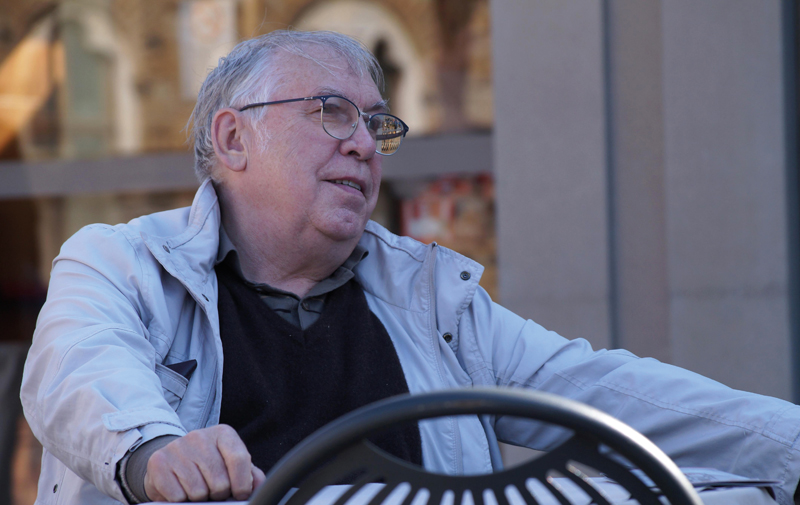

The main trends of the Russian urbanist on the example of the winners of the festival "Golden Section"
The Grand Prix of the festival was given to two projects, which the well-known art historian Yulia Tarabarina described as "the most resonant project of the Moscow region and the most modest building in Moscow." The first project is a huge theater and concert complex "Tchaikovsky's Universe", which will occupy an area of 11 hectares in Klin with a variety of historical and futuristic buildings and an almost obligatory amphitheater for concerts and performances in our time. The project develops the concept of large parks, like Zaryadye and VDNKh in Moscow, but extends the positive experience of the capital to the provinces, thus indirectly developing the trend for domestic tourism that emerged during the era of the pandemic. If you look at other participants of the "Golden Section", noted by the jury, you can see that a whole galaxy of projects is developing similar approaches. The successfully reconstructed railway station in the city of Ivanovo and the project of an aerial, as if floating like a castle in the air, pier in Ufa date back to the successful reconstruction of the Northern River Station in Moscow. The branch of the Russian Museum in Kemerovo will bring high-tech ideas in the spirit of Norman Foster to the Siberian outback. Or to a village in the Krasnodar Territory, where it was proposed to build the Rocky Coast winery with similar architectural solutions. Or a futuristic museum about Zoya Kosmodemyanskaya in the village of Petrishchevo, where she died in the Great Patriotic War. And the aviation training center in the city of Bataysk, designed by order of the Russian Helicopters corporation, resembles the solution of Zaha Hadid for the Skolkovo Technopark.
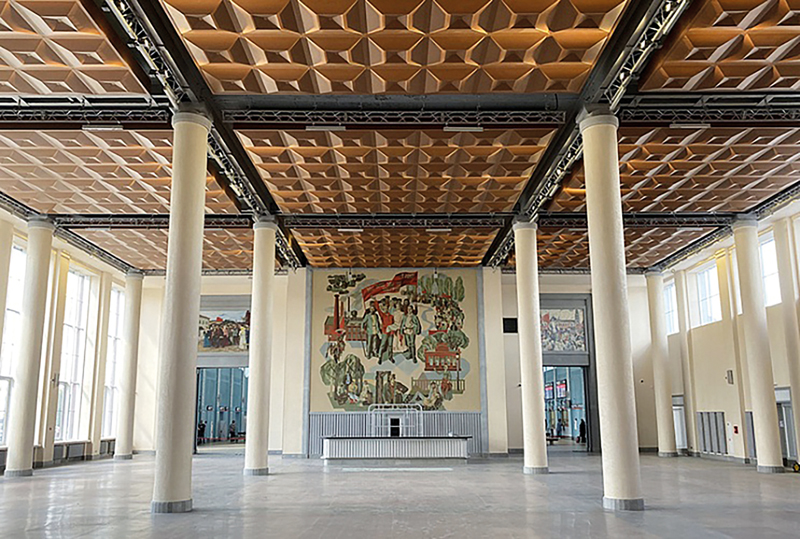
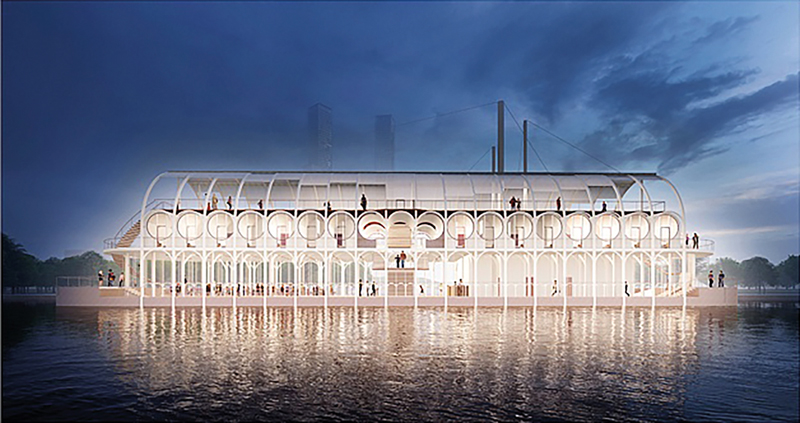
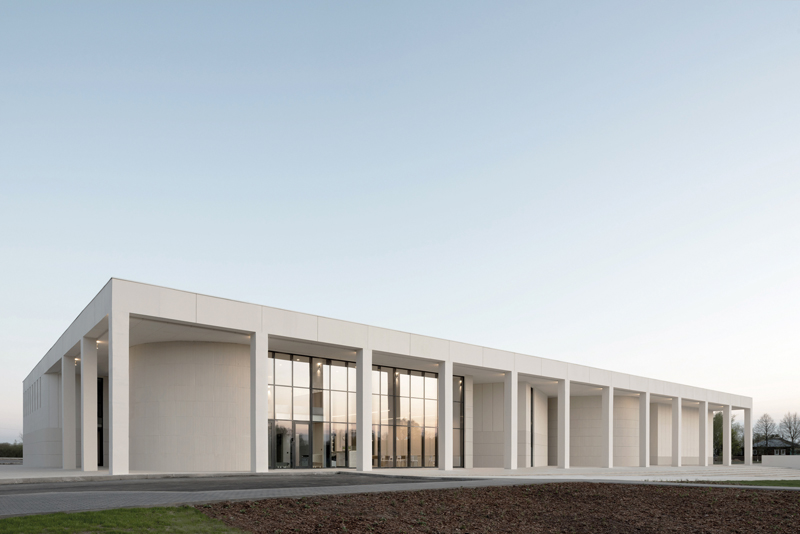
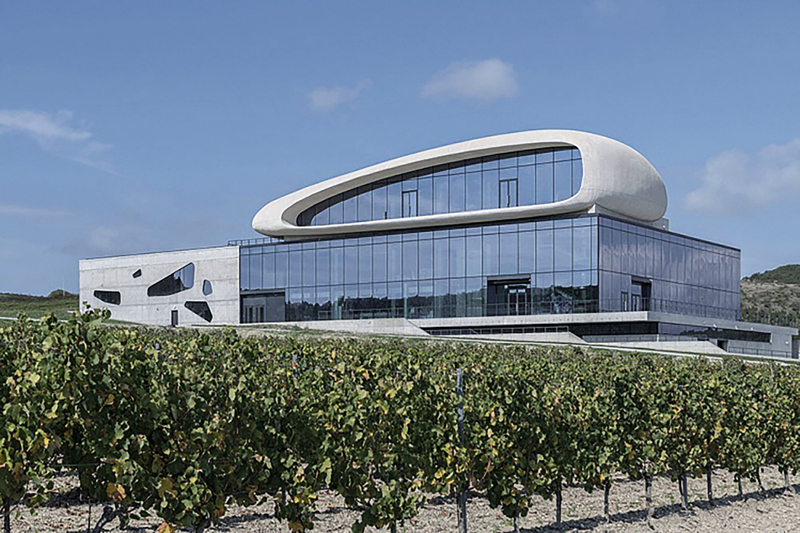
Chinaryan R.A., Development Director of the PSK Group of Companies, who participated in the iconic Moscow reconstructions. notes that in addition to replicating the successful experience of Zaryadye (a reduced version of which, for example, will be the new complex near Paveletskaya Square), Russian urbanists have experience in large-scale regional construction in preparation for the World Cup in Russia. Then it was shown that despite the scale with modern technology and Russian formwork, it is possible to create modern complexes even in places that were previously practically cut off from modern infrastructure. The experience of supporting these complexes that followed after the World Cup showed that only their active creative use, turning them into centers of local life, will allow them not to fall into disrepair. Thus, the chances for the successful implementation of the "Tchaikovsky universe" and its successors are greater than ever - there is experience both at the level of builders and at the level of city managers and urbanists.
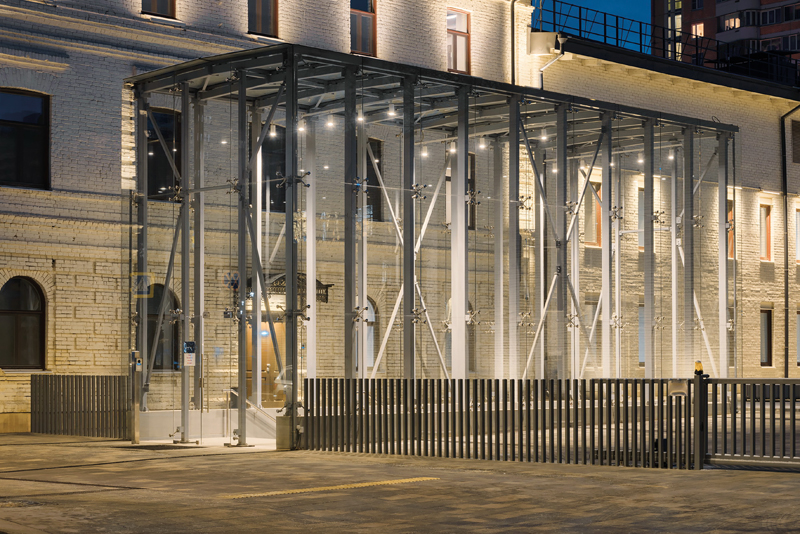
The second project, which received the Grand Prix, is emphatically different in style and idea already in the status of being implemented. This is the restoration of a complex of office buildings on Verkhnyaya Krasnoselskaya Street in Moscow, implemented by the architectural studio of Lyzlov (AML). When you look at this low-rise complex of neat, light-gray, pre-revolutionary brick buildings with a very neat glass entrance to the interior, at first it is difficult to understand what is special about it. But this is the secret - by making not art residences, not concert halls or public spaces, but an emphatically functional private office center, the team of architects managed to preserve the spirit of old Moscow, with new functional content. No pathos, no flashy details, while carefully preserving the historical part and erecting new buildings of similar brick to form a uniform friendly environment, the authors of the project made it proportionate to a person, not pressing and not breaking out of the city's appearance. It is quite possible that such an approach - careful even to unrecognized monuments of antiquity - is lacking in many Russian cities. As the authors of the congenial project of accurate reconstruction of the Bakhrushinsky Theater Museum emphasized, their goal is not intervention in the historical environment, but the fight against Russian "abandonment, devastation, unfriendly environment." Who knows, perhaps as the experience of mega-projects from Moscow spread in waves across all regions, this approach will gradually force out the flashy disharmonious architectural solutions from Russian cities.
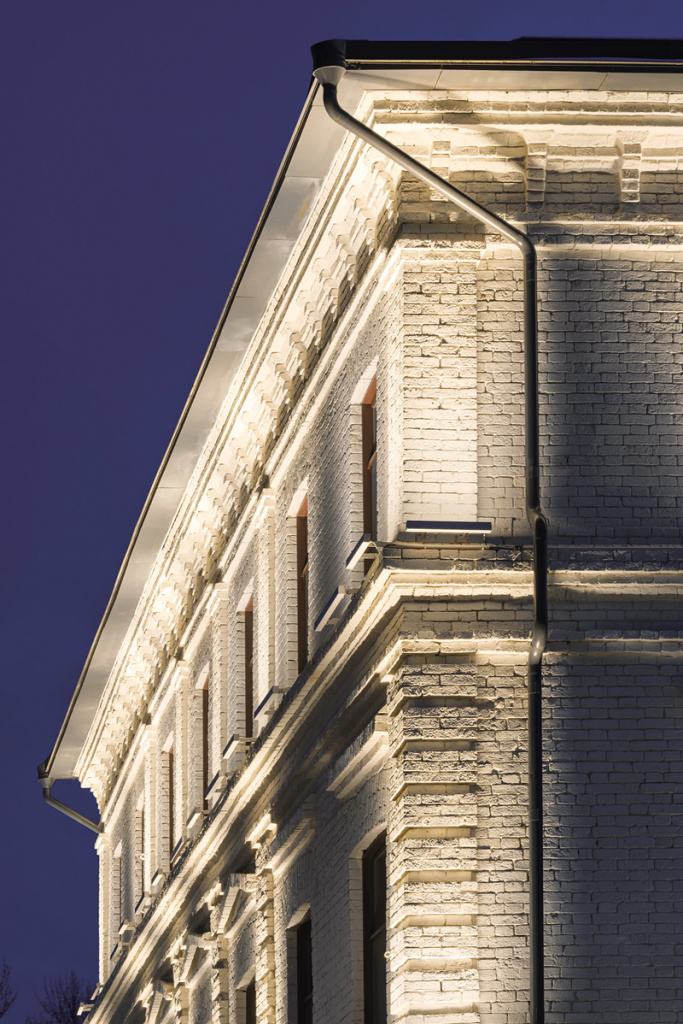
As you know, the rule of the "golden section" is equally mandatory for art, interior design and architecture. He was respected by Leonardo da Vinci, Le Corbusier and the creator of Moscow City B. I. Thor. It is quite possible that the festival of the same name, just like its older brother, the international WAF, will become a guiding star for a new generation of architects, showing that one should strive not to build ever higher skyscrapers (emphatically ignored by the festival), but to create a friendly environment for the lives of different people.
Today, the Golden Section is also associated with one of the most significant festivals, the highest award of which - a bronze bas-relief depicting a spiral - is proof of professionalism, recognition of merit and adorns the offices of many well-known Moscow bureaus.


 DOWNLOAD
DOWNLOAD LOOK
LOOK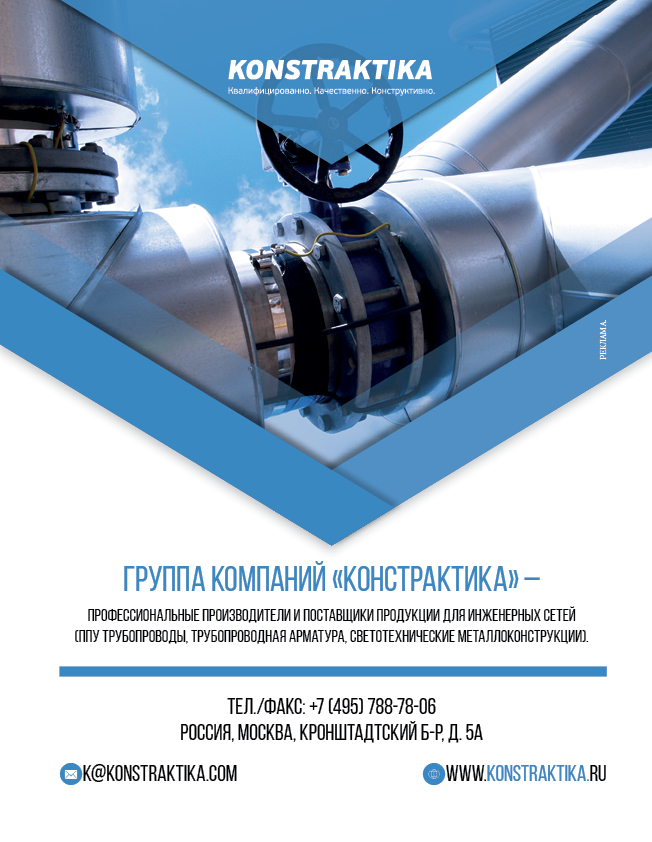
 Top Content of the Month
Top Content of the Month